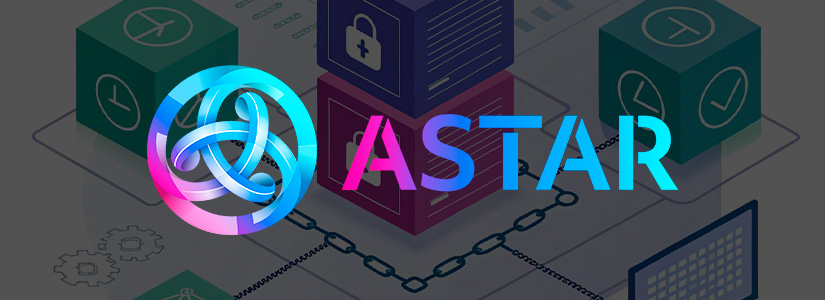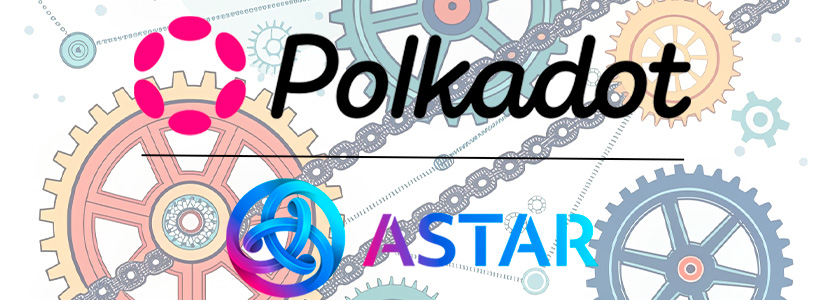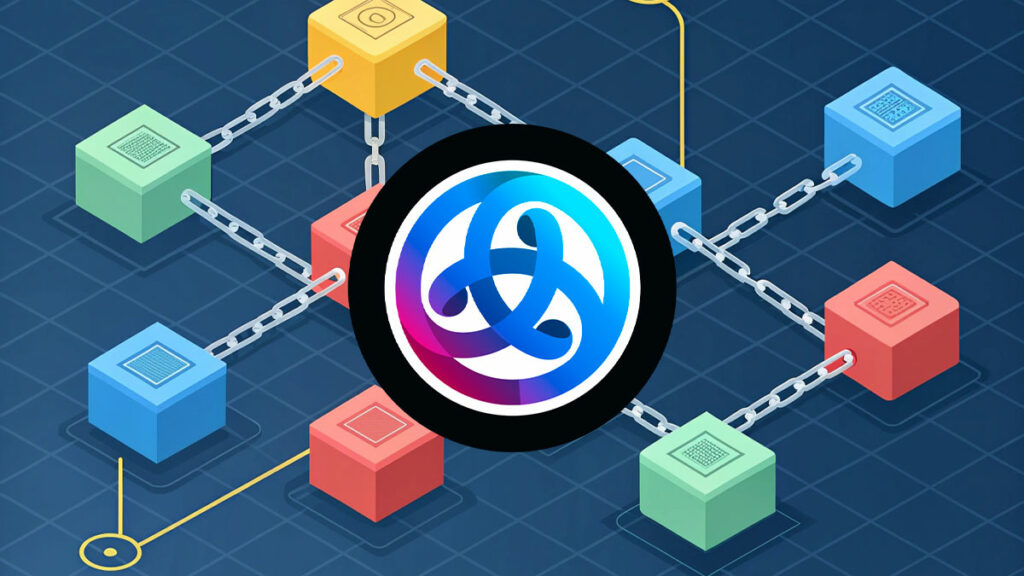Astar Network emerges as a dynamic multi-chain platform designed to foster innovation within the Polkadot ecosystem, prioritizing interoperability and scalability. By supporting both Ethereum Virtual Machine and WebAssembly environments, it enables developers to build and deploy decentralized applications (dApps) across diverse blockchain ecosystems.
A standout feature is its unique “build2earn” model, allowing developers to earn rewards through network participation, incentivizing growth and long-term engagement. The platform serves as a hub for cross-chain communication, seamlessly connecting Polkadot parachains with external networks like Ethereum and Cosmos, enhancing collaboration in the decentralized space.
Astar Network’s native token, ASTR, powers transactions, staking, and governance, aligning stakeholder interests through a transparent economic model. With a focus on real-world adoption, it bridges Western and Asian markets, particularly emphasizing Japan’s tech-forward ecosystem. The network prioritizes user-friendly infrastructure, offering tools for enterprises and developers to integrate blockchain solutions efficiently.
By combining Layer 2 solutions, scalable smart contracts, and a community-driven approach, Astar Network positions itself as a versatile foundation for the next generation of Web3 applications, aiming to drive mainstream blockchain adoption while maintaining security and decentralization.
What is the Astar Network?

Astar Network is a multi-chain blockchain platform operating within the Polkadot ecosystem, designed to enhance interoperability and scalability for dApps. It supports both EVM and WASM backgrounds, enabling developers to deploy smart contracts across diverse blockchain ecosystems.
Founded in 2021 by Sota Watanabe, a prominent figure in Japan’s blockchain space, Astar is headquartered in Tokyo, emphasizing its strategic focus on bridging Western and Asian markets. The network introduces a unique “build2earn” model, rewarding developers with its native token, ASTR, for contributing to ecosystem growth.
ASTR facilitates transactions, staking, and governance, aligning incentives across stakeholders. Astar serves as a cross-chain hub, connecting Polkadot parachains with external networks like Ethereum and Cosmos, fostering seamless asset and data transfers.
Prioritizing real-world adoption, Astar targets enterprise integration and user-friendly tools to simplify blockchain adoption. Its infrastructure includes Layer 2 solutions for scalable smart contracts and a decentralized governance framework.
By combining cutting-edge technology with a community-driven approach, Astar aims to accelerate Web3 innovation, particularly in tech-forward regions like Japan. The project underscores its mission to bridge traditional industries with decentralized solutions, positioning itself as a versatile foundation for the future of blockchain interoperability and mass-market applications.
How does the Astar Network Work?

The Astar Network utilizes a Nominated Proof-of-Stake (NPoS) consensus mechanism, where validators secure the network and nominators delegate tokens to them, ensuring decentralized participation. A key innovation is its cross-virtual machine compatibility, allowing developers to deploy multi-chain dApps without friction.
The network integrates cross-chain messaging (XCM) to facilitate communication between Polkadot parachains and external blockchains like Ethereum, Cosmos, and Avalanche, enabling asset transfers and data sharing. Astar’s Layer 2 scaling solutions, such as Optimistic Virtual Machine (OVM), enhance transaction throughput and reduce costs for complex dApps.
Astar employs a unique dApp staking model: users stake ASTR tokens to support developers, who earn rewards proportional to the staked amount, fostering ecosystem growth. Operators (collators) maintain the network by producing blocks and validating transactions, incentivized through block rewards.
The platform’s decentralized governance allows ASTR holders to vote on protocol upgrades, treasury allocations, and parameter adjustments. By securing a parachain slot via Polkadot’s auction system, Astar ensures interoperability and scalability while maintaining autonomy.
Its modular architecture supports customizable smart contracts, empowering enterprises to build tailored solutions. Through these mechanisms, Astar combines scalability, cross-chain functionality, and community-driven incentives to create a versatile infrastructure for Web3 innovation.
What is the ASTR Token?
ASTR is the native cryptocurrency of Astar Network, serving as the backbone for its ecosystem operations. It powers transaction fees, network governance, and staking mechanisms, ensuring seamless functionality across the platform. Token holders can participate in decentralized decision-making by voting on protocol upgrades, treasury fund allocations, and ecosystem initiatives, aligning community interests with network growth.
ASTR’s utility extends to a unique “dApp staking” model, where users stake tokens to support developers building on Astar. In return, stakers earn passive rewards while developers receive incentives proportional to their project’s popularity, fostering innovation and sustainability.
The token also facilitates cross-chain interactions, enabling fee payments and liquidity provision when transferring assets between connected blockchains. ASTR has a capped supply, with a portion allocated to ecosystem development, parachain auctions, and community incentives.
Its inflationary model balances staking rewards and network security, dynamically adjusting based on participation rates. Additionally, transaction fees are partially burned, introducing deflationary pressure to counter inflation.
By integrating ASTR into its economic framework, Astar Network ensures stakeholders are incentivized to maintain security, drive adoption, and contribute to the platform’s evolution. The token’s multifaceted role underscores its importance in bridging users, developers, and validators within a cohesive, incentivized ecosystem focused on scalable Web3 solutions.

Is ASTR Token a Good Investment?
ASTR’s value is tied to Astar Network’s growth as a Polkadot-based hub for cross-chain dApps and enterprise adoption. Its utility in staking, governance, and dApp incentives creates demand, while mechanisms like fee burning and controlled inflation aim to balance tokenomics.
Strategic positioning in Japan’s tech ecosystem and interoperability with major chains like Ethereum could drive long-term adoption. However, competition in the Polkadot ecosystem and market volatility pose risks. Investors should assess Astar’s ability to scale, maintain developer traction, and expand real-world use cases. While its multi-chain infrastructure and incentivized models offer potential, thorough research and risk tolerance evaluation remain essential.
Why did the Astar Network choose Polkadot?
Astar Network selected Polkadot for its shared security model, interoperability via cross-chain messaging (XCM), and scalability through parachains. Polkadot’s design allows Astar to easily link with other blockchains, improving multi-chain dApp creation.
The ecosystem’s robust governance and developer community align with Astar’s vision for cross-chain innovation, enterprise adoption, and bridging global markets while maintaining decentralized, future-proof infrastructure.
Conclusion
Astar Network stands as a pioneering force in the Polkadot ecosystem, uniting EVM and WASM environments to empower cross-chain dApps and interoperability. With its “build2earn” model, ASTR tokenomics, and Layer 2 scalability, Astar bridges global markets while prioritizing real-world adoption, particularly in Japan.
Balancing innovation with decentralized governance, it positions itself as a cornerstone for Web3’s evolution, merging security, community incentives, and enterprise-ready solutions.










